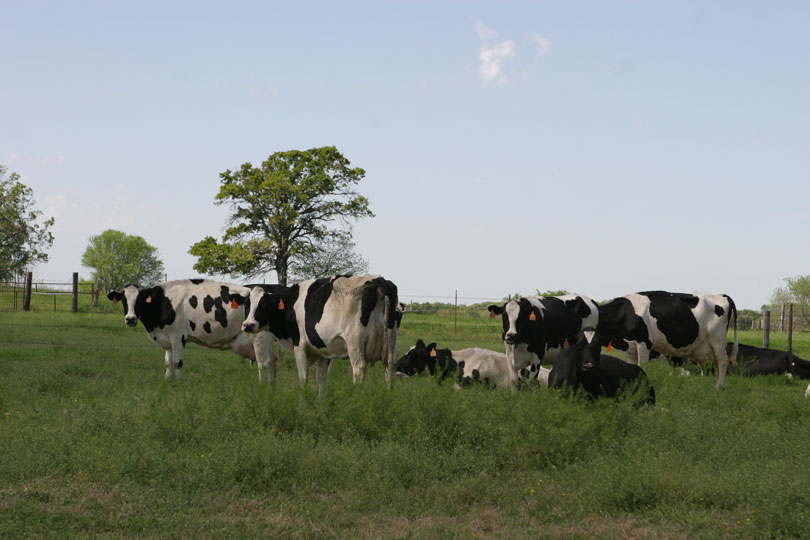By Justin Walker
Communications Specialist
The U.S. dairy industry saw an increase in exports during 2017.
Total exports reached $5.48 billion, 14 percent higher than the previous year and the most since 2014, according to Alan Levitt, vice president of Communications and Market Analysis for the U.S. Dairy Export Council (USDEC).
About 1.935 million tons of milk powder, cheese, butterfat, whey and lactose were shipped internationally last year, a six percent rise in volume.
U.S. exports were equivalent to 14.7 percent of U.S. milk production in 2017 on a total milk solids basis. Imports were equivalent to 3.4 percent of production.
Mexico continued to be the top importer of U.S. dairy, with sales of $1.3 billion in 2017, a rise of eight percent from the previous year. China, Japan, Oceania, South Korea and the Middle East/North Africa (MENA) region also saw increases in value over 2017.
Record highs were posted for nonfat dry milk/skim milk powder (NDM/SMP) and whey last year, while cheese increased 19 percent. Those three products make up more than two-thirds of U.S. dairy exports.
While sales for U.S. powder were slightly down, Mexico received nearly half of all exports. Large declines in Southeast Asia were offset by gains in China and Japan.
China purchased nearly 45 percent of U.S. whey sales last year, up 16 percent from previous numbers. Mexico also increased purchases of whey products, as well as in Japan. Exports to Southeast Asia and Canada decreased.
According to the Wisconsin State Farmer, milk prices started declining in December 2017 and will continue to do so in the first quarter of 2018. There has been a one percent increase of milk production over the past four months, and if the increase in milk production for 2018 ends up less than the 1.5 percent currently forecasted by the USDA, prices could improve for the second half of the year.

